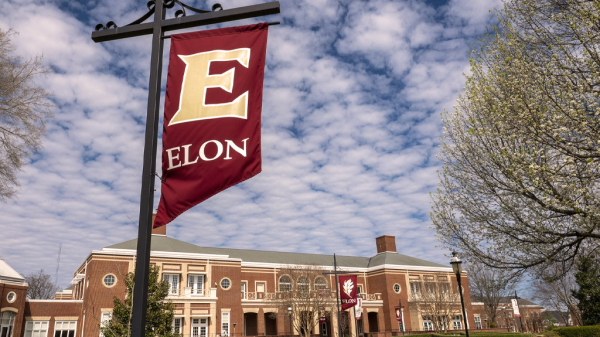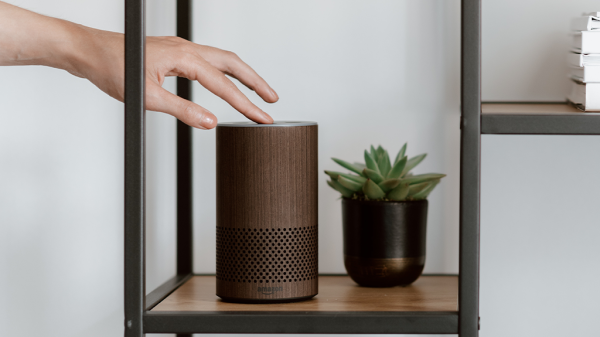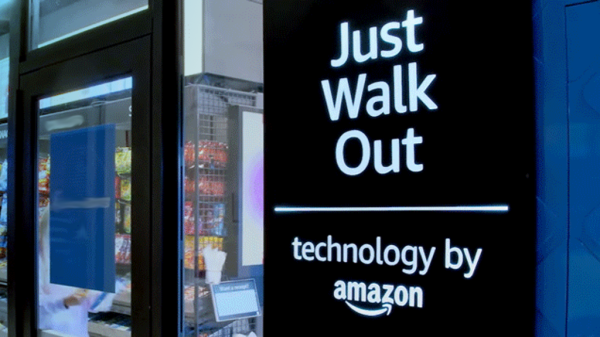Give Away Information & Let Them Use it
What’s this all about? Blogging or giving out buyer/seller packets by providing information to the prospective client; giving information to empower individuals with the knowledge of buying and selling real estate …are we kicking ourselves in the butt? No, it isn’t a kick in the butt; rather making data available hoping to help increase the knowledge of the consumer to help them come to a decision. As Vince Lombardi says, “Know your stuff. When the time comes, show that you know it.”
Providing Free Information is Suicide! Or is it?
I was a travel agent when Southwest Airlines started offering online reservation options and electronic tickets. The consensus from travel organizations was to try to fight it! Advertise, scream, shout and yell to your clients that the most accurate information came from you, the travel agent – not the computer. And under no circumstances would you even think about pointing the client to information for them to access it themselves! That would surely be the beginning to the end of the travel agent. Was it? It certainly changed. I often wonder what would happen if the travel industry embraced the change – establishing themselves as the expert, while supplying the resources for travelers to gather their research first.
Information Super Highway
With sites like Realtor.com, REMAX.com, Trulia, Zillow, and the many blogs information is all over the place! I’ll join in the conclusion that all information isn’t accurate data – but potential consumers can look with discerning eyes and find the answers to many of their real estate related questions. Positioning yourself as one of the expert information providers will ensure you are at the top of the ladder when the time comes to consult the professional to complete the transaction.
Will you chose to Fight or Embrace?
Jeff Jarvis’ book, “What Would Google Do?” begins with, “Give the people control and we will use it. Don’t, and you will lose us.”
Kim resides and works selling Real Estate in Chester County, PA. She is a blogger and also writes for her own blog, West of Philly Burbs and Mothers Fighting for Others. Kim is a Social Networking Junkie and you can connect with her in many places including Twitter, Facebook, or Flickr.







































Missy Caulk
April 1, 2009 at 9:42 pm
Ooooo, I like that last quote by Jeff Jarvis, that is a keeper.
Kim Wood
April 1, 2009 at 9:51 pm
Yo Missy!! You should think about reading that book, if you haven’t. Sarah Cooper pointed it out to me – it’s full of good information.
Chuck G
April 2, 2009 at 6:16 am
It’s ironic that you would bring up this topic. Just this week I had a lengthy discussion with someone in my office who firmly believes “too much is too much” when it comes to transparency. In other words, “if you give everything away for free, they clients won’t need to come to you.” Hmmmmmm.
Let’s now consider the opinion of who’s actually paying my bills — my clients. Here’s a response to the aforementioned comment, lifted verbatim from a client email:
“1) Transparency drives market activity. Markets stall when people don’t understand what is happening in them. Consider the stalled market for toxic assets. They are held up in part because of the lack of transparency. This lack of transparency is threatening to bring down our largest institutions.
2) You operate in Silicon Valley. We are analytic numbers people in this region. You’ll take market share in this brutal real estate market by differentiating yourselves and meeting the needs of the market. (we) were attracted to working with you and your firm BECAUSE of your apparent understanding of the market as evidenced by the information on your blog, including this most recent post. Take this away and you are just another no value real estate agent that we would have zero loyalty towards …”
Their words,not mine. Case closed…
Sarah Cooper
April 2, 2009 at 7:37 am
I actually have a similar post in draft about how it’s ridiculous NOT to give out information for free. If you don’t, they CAN get it somewhere else, and they will. It’s a big internet out there, trying to force people to contact you for secret info just doesn’t work anymore. Prove expertise up front to earn business.
Sarah Cooper
April 2, 2009 at 8:56 am
Had to come back and share a quote I just read near the end of World Wide Rave, “All the success stories we’ve looked at follow a similar path, a path I hope you’ll soon follow: You must create some great free Web content that drive people to you.”
So there. 🙂
Matt Stigliano
April 2, 2009 at 10:01 am
Kim – My sister is a travel agent (in King Of Prussia area – Sampson Travel, now Travizon – you might know them) and I remember her going through all the same things. I went through it in the music industry. While the music industries fight was slightly different, they blew it by criminalizing everyone’s actions. Once they did that, the fight was on – the internet consumer vs. the big labels. The big labels lost the battle and are now playing catch-up. I have no problem giving my info for free – the info is there for them to use, but in the end my value lies outside just facts and figures. With the travel industry, try calling an online ticket seller at 4AM when you realize you’ve missed your connecting flight. With an agent, I knew I could pick up the phone and get my issues resolved – quickly.